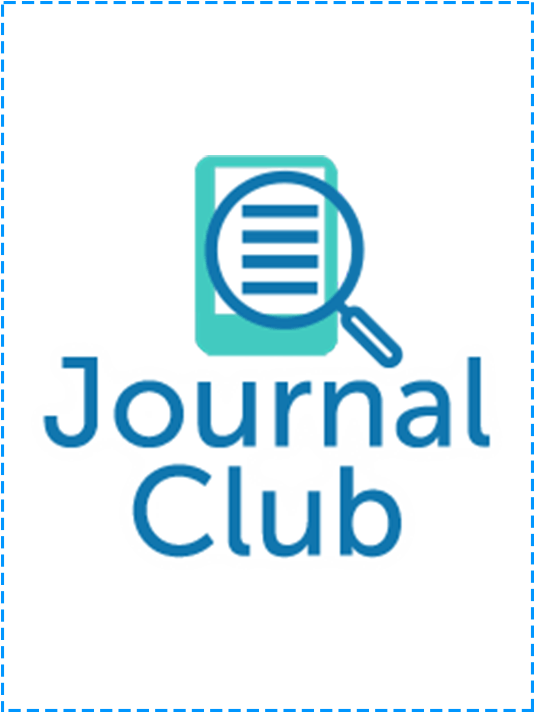 1. Author Background:
1. Author Background:
-
Overview of the authors' main research interests and their significant contributions to the field.
2. Research Background:
-
Comparison with the introduction to clarify the relevant research history in the field.
-
Step-by-step progression of related studies, highlighting what problems have been addressed and what remains unresolved.
3. Key Findings:
-
Succinct summary of the main findings of the paper in one sentence.
4. Significance:
-
Clinical or practical implications of the findings.
-
Theoretical significance and potential impact on future research directions in the field.
5. Approach and Methods:
-
Concise overview of the logical progression of the methods used throughout the paper.
-
Brief description of each figure and its corresponding methodology, within one page.
6. Figure Interpretation:
-
In-depth analysis of each figure, emphasizing the logical flow.
-
Utilization of logical diagrams to aid in visualization and understanding.
7. Insights and Inspirations:
-
Insights gained from the paper that may inspire new approaches or perspectives in our own research.
-
Categorization into insights regarding research direction and methodology.
8. Weaknesses of the Paper:
-
Identification and discussion of any weaknesses in experimental design or methodology.
1. 作者背景:
-
简要介绍作者的主要研究兴趣和到目前为止对该领域的最重要的一到两个贡献。
2. 研究背景:
-
参考引言,列出该领域如何做出的第一个重要发现,以及后续相关研究历史(列出key findings)。
-
目前该领域与本文直接相关的解决了哪些问题,还有哪些问题尚未解决。
3. 主要发现:
-
用一句话简洁总结文章的主要发现。
4. 意义:
-
对临床或实际应用的意义。
-
对未来理论研究的潜在影响。
5. 方法和思路:
-
简明扼要地概述整篇文章的整体逻辑。
-
对每个图表及其对应的方法进行简要描述,一页之内。
6. 图表解读:
-
对每个图表进行深入分析,强调其逻辑流程。
-
使用逻辑导图辅助可视化和层层理解各个图标之间的关系。
7. 启发:
-
从文章中获得的启发,可能会在我们自己的研究中激发新的思路或观点。
-
分为研究方向和方法方面的启发。
8. 文章的不足之处:
-
发现并讨论实验设计或方法上的任何不足之处。